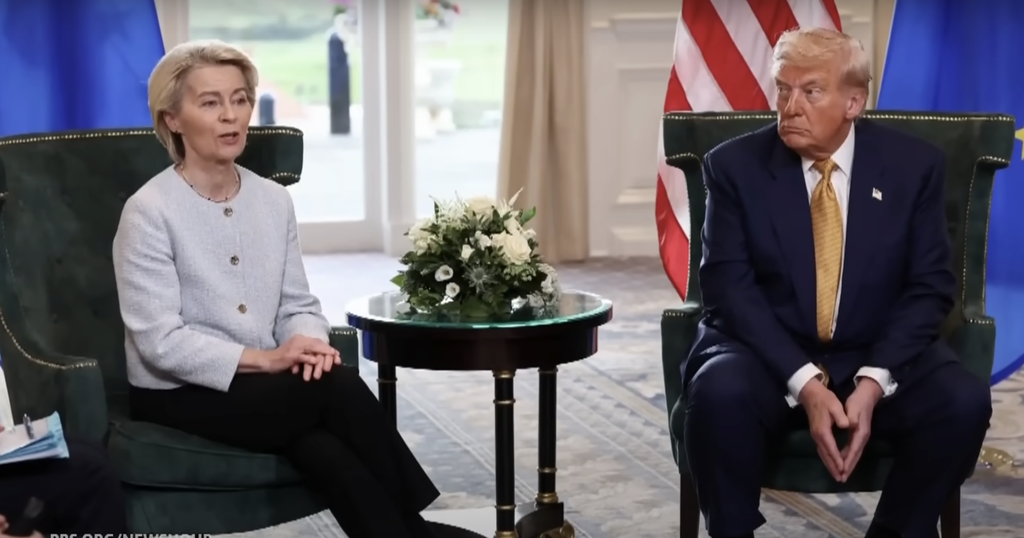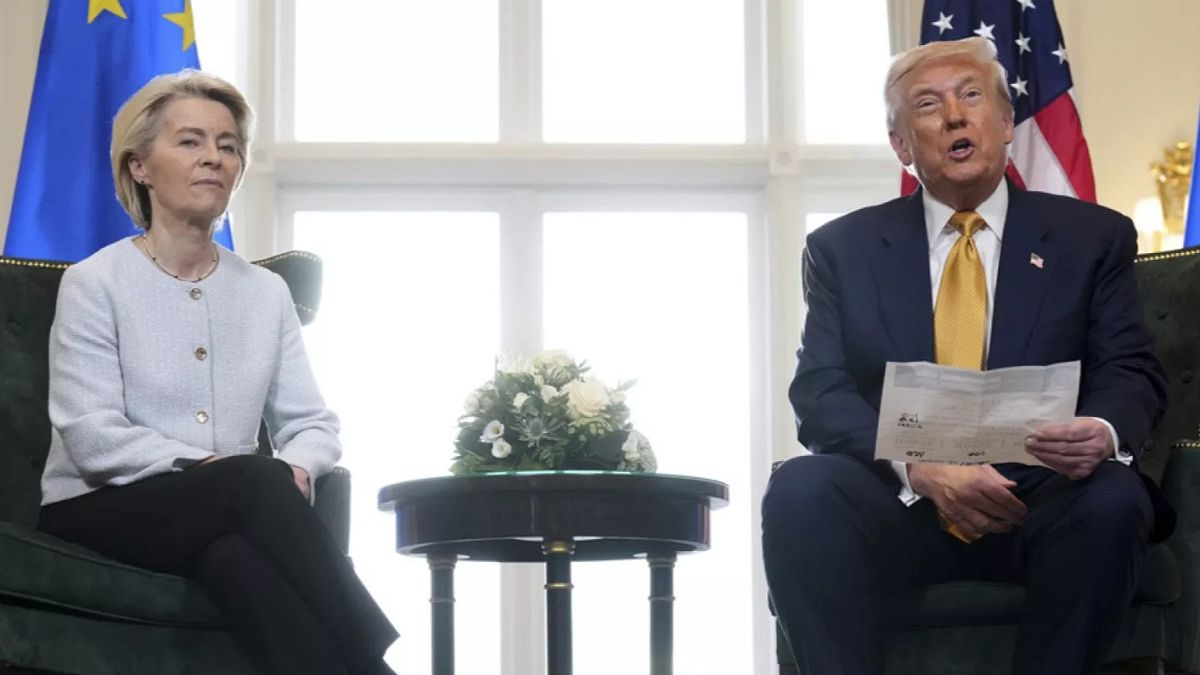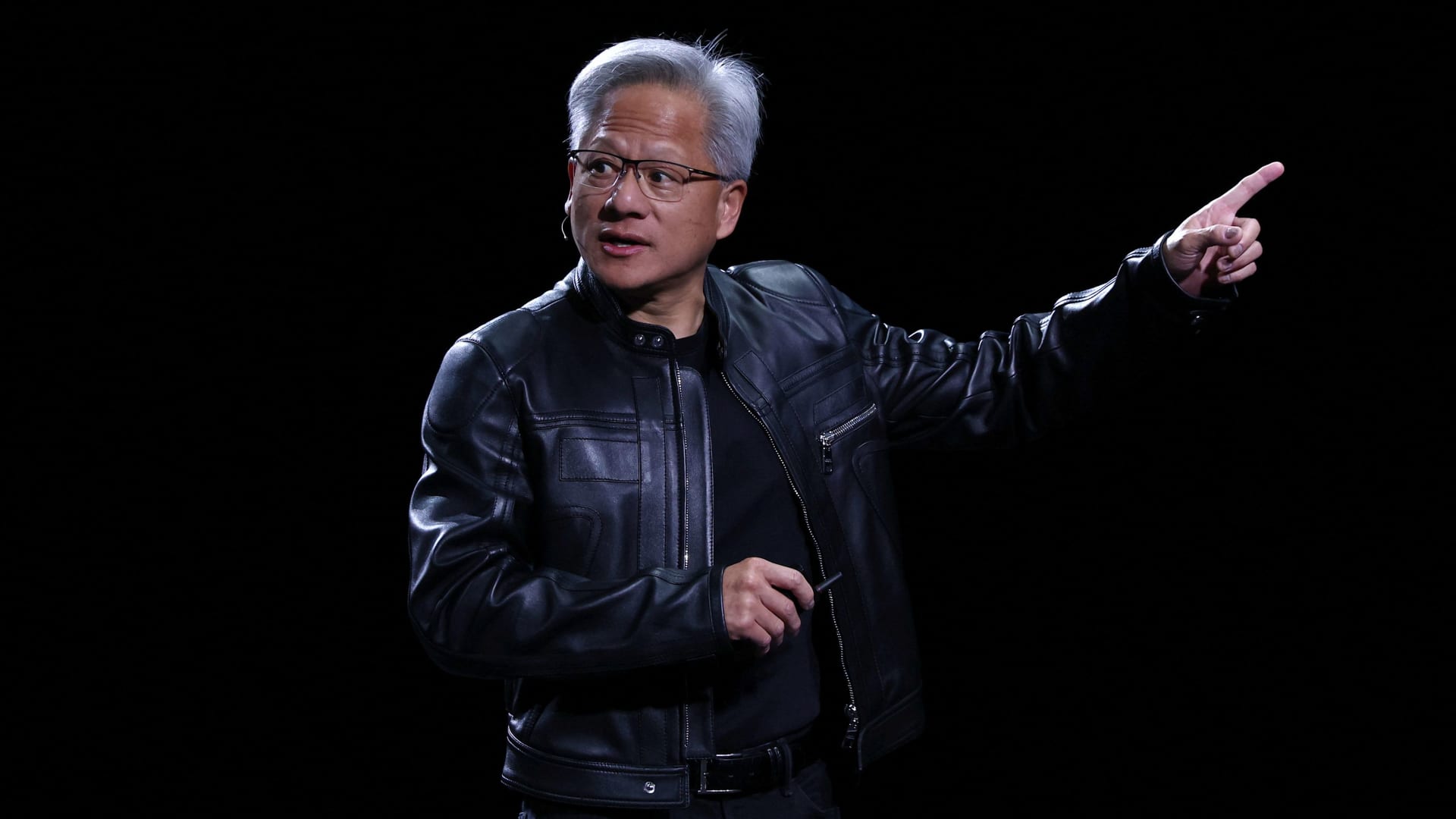NOTE: If you are short on time, watch the video and complete this bell ringer activity: What did you notice? What did the story make you think about? What would you want to learn more about?
SUMMARY
In Scotland on Sunday, Trump and the European Union announced a major trade deal between their two massive economies. The framework for the preliminary deal includes a 15% general tariff on most EU goods entering the U.S. while a 50% tariff on steel and aluminum remains in place. Lisa Desjardins speaks with David Lynch, global economics correspondent at The Washington Post, to learn more.
View the transcript of the story.
News alternative: Check out recent segments from the News Hour, and choose the story you’re most interested in watching. You can make a Google doc copy of discussion questions that work for any of the stories here.
WARM-UP QUESTIONS
- What are the key details of the trade deal between the U.S. and the EU?
- Who is David Lynch, and what is his background?
- Which U.S. industries will be affected by this deal, according to Lynch?
- When will this deal take effect?
- Why is the Trump administration and the EU making this deal?
FOCUS QUESTIONS
- How do you predict these tariffs will affect the daily life of the average American?
- How is this deal impacting Americans compared to Europeans?
Media literacy: What do you know about tariffs, and how do you see this deal changing the current state of tariffs in the U.S.?
WHAT STUDENTS CAN DO
Read this timeline outlining the actions President Trump has taken regarding tariffs during his current term, and discuss:
- Based on the current timeline, where do you think tariff policies are headed moving forward?
- Does this make you feel more confident or less confident in the economy? Explain.
Written by Payton Alfieri, PBS News Hour Classroom’s intern and senior at Episcopal High School, and News Hour’s Vic Pasquantonio.
Fill out this form to share your thoughts on Classroom’s resources.


